How to Purify Water Without Using Chemicals
Water is synonymous with life. Without water, life cannot survive. As per the Centre for Disease Control and Prevention, drinking 8 glasses of water per day is considered healthy for an individual. Water keeps us hydrated and strengthens our immune system. But at the same time, impure water is detrimental to our health. Drinking impure water can lead to various health hazards like hepatitis B, cholera, etc. In this modern world of chemicals and contaminations, a large number of people have negligible or no access to clean drinking water. So, what options are we left with? Time to start purifying our water, but without using chemicals. How do we do that? Read on to know.
Simple ways to purify water without using chemicals
More often than not, tap water turns out to be unsafe for drinking. It is likely to have unwanted particles that are unhealthy for the human body. Fluoride and chlorine are still added to tap water. Even after several treatments, contaminants still make their way to the water. Let us understand how we can purify water at home without using chemicals to safeguard our health.
Modern, reliable method of water purification
Today, the most dependable way of purifying water is by using water purifiers. Think about it – almost every home you have visited, you must have noticed a water purifier, near the refrigerator or inside the kitchen. Even if you notice at workplaces, use of water purifiers is very common. Water purifiers have become the standard choice when it comes to providing the family with pure and safe drinking water.
Some other common methods used for purifying water:
1. Sunlight:
Sunlight is considered to be one of the most natural ways to purify water. Fill clear water in a container and keep it under the sun for a minimum of six hours. Make sure the water does not have any sedimentation. The solar radiation and heat will kill the pathogens present in the water. This age-old practice uses solar energy to purify water. Avoid using a PVC container to keep the water out in the sun.
2. Boiling:
This is a reliable and commonly used way of purifying water. Boil the water for at least five minutes to kill all the bacteria. While boiling, some chemicals will evaporate. Later, let it cool down so that the solid unwanted particles get settled down. Then one can take out the purified water from the top layer without stirring it.
3. Winnowing sieve:
This is applicable for windborne impurities in water like hay straws, dry leaves, charcoal particles and likewise. The water is run through a winnowing sieve, which helps the thick particles to be left on the other side of the sieve giving you clear and filtered water. However, this process does not ward off germs or dissolved dirt or mud particles from the water.
4. Cloth:
For this process of water filtration, all you need is a piece of cotton cloth. This piece of cloth is used as a medium of filtration. If the water contains plant debris, insects, coarse mud particles, etc., then this filtration process is preferable. If the water is odorous and muddy then usually, people mix wood ash of Sal tree in the same water and then filter it through the cloth.
Though all these methods can be used for purifying your water, but they come with their own limitations – the biggest one being that none of these methods help in cleaning all kinds of impurities in water. That is, when you require a more advanced solution for your water purifying needs.
Why Choose Water Purifiers for Safe Drinking Water?
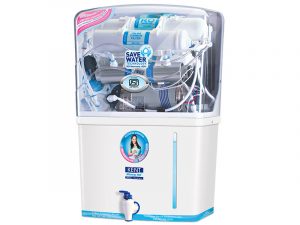
Water purifiers remove dissolved impurities like bacteria and other pathogens from water and saves you and your family from water-borne diseases. The purified water does not lose its natural taste and has no foul smell ensuring the water is 100% drinkable.
There are different kinds of water purifiers available in the market today such as RO water purifiers, UV water purifiers, gravity water purifiers and more. Many water purifiers are known to waste a large amount of water during the natural purification of water process, which is a big NO-NO! Make the right decision – choose a RO water purifier with zero water wastage technology. Also look for other features such as mineral retention technology, high recovery rate and multiple purification process.
KENT provides a range of water purifiers including ZERO Water Wastage RO Purifiers. With rejected water being pushed back to the overhead tank, the zero water wastage technology from KENT takes care of the water wastage issue. The technology also boosts recovery rate to a great extent. KENT also uses its patented multiple purification process of RO+UV+UF+TDS controller to remove dissolved impurities, bacteria, and viruses. With the patented Mineral RO Technology, essential minerals are retained in purified water ensuring you drink 100% safe water.
Want to check the level of impure water in your home and find the right water purifier? Click here for a free demo.


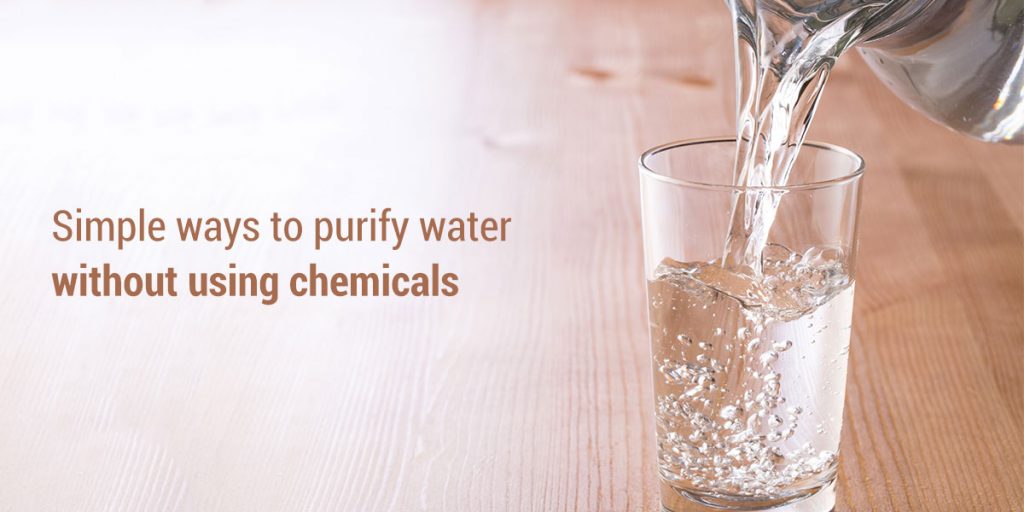
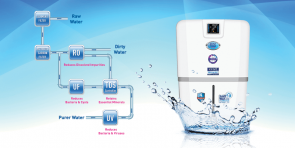
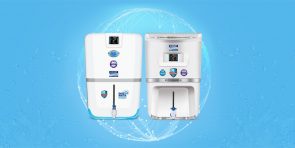
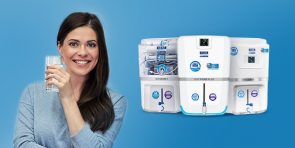
Dear Kent team,
we bought a water purifier just an year ago i.e, 6th April 2019. Looks like it was a defect product. within one year we called the service center 3 times. First 2 times they fixed and now they told us that the issue is with motherboard and it would cost 5000. the guy who came for service told this issue might occur frequently. we bought Kent thinking it is number 1 product but now with this experience. we lost the hope.
Dear Customer, We sincerely regret the inconvenience faced by you. Please provide your registered contact number, machine serial number and complete address details at onlinecare@kent.co.in Alternatively, you may also call us at +91-9278912345.Regards, Team Kent
Dear Customer,
We are sorry for the unpleasant experience you had.Please provide your registered contact number, machine serial number and complete address details at onlinecare@kent.co.in Alternatively, you may also call us at +91-9278912345.
Regards, Team Kent